What is the process approach?
The process approach is a way of thinking about work: modeling it, improving it, and correcting errors. The reason everyone uses it is that it works. Describing your work as a process makes you more effective in many contexts.
Process and System Efficiency: You Can't Improve What You Don't Measure
KPIs are quantifiable metrics used to measure the success of a particular process or system. They are typically tied to specific objectives and goals and are used to track progress over time.
Flexible feeding for a smarter production line
Vibratory feeders are used to align and feed small products and parts during the assembly and production process using gravity and vibrations. They are a common element of many operations and an effective way of automating production lines.
Progress in MicroLED Fabrication and Quality: Closing the Commercialization Gap
Establishing cost-effect fabrication processes for microLED displays has proven to be challenging, and manufacturers are still working to close the gap between promise and market reality.
7 Improvements to Manufacturing Processes - and How They Affect the Bottom Line
New technologies and processes must have a demonstrable impact on a company's bottom line to make a convincing argument for adoption. In that spirit, here are seven recent manufacturing process improvements and how they affect profits.
Readers Choice 2020: Impact of COVID-19 on the Process Manufacturing Industry; 2020
Read to know how the many process manufacturing businesses around the world impacted by COVID-19 can bounce back.
Advantages of Web-based ERP for the Process Manufacturing Industry
Cost-effective, easy to use, and quick to implement, web ERP software offer several functionalities and advantages to your process manufacturing businesses.
Ensure the Quality of Food through innovative Sieving solutions
Foodborne illness is the global threat to the world. Associations and government bodies have put up strict guidelines to follow in the processing line. Therefore, manufacturers are bound to use hygienic food processing equipment to meet the regulations.
Taking an Incremental, Multi-Stage Approach When Upgrading Aging DCS Systems
Addressing gaps, potential risks and islands of automation on a staged basis minimizes costly disruptions to operations and provides greater flexibility as equipment and data needs evolve over time
Tips and Tricks for Selecting a Process Manufacturing ERP
Over the years, the enterprise resource planning (ERP) solutions have proved to be a crucial tool that can help transform any business by boosting its productivity and operational efficiency, and eventually improving its bottom-line.
Big Opportunities in IoT Tech for Process Manufacturing
The report examines the technology by software, hardware and networking elements, all of which comprise the IoT system. Software is forecast as the fastest growing market (31.0% CAGR) over the next five years; although hardware currently has the largest installed base.
Records 1 to 11 of 11
Featured Product
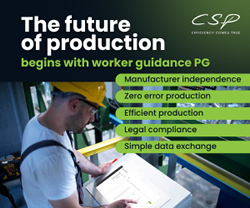
Quality assurance in the manufacturing industry
Efficiency and precision with CSP software. In the highly competitive world of manufacturing, quality assurance is a critical factor for success. CSP offers you state-of-the-art software solutions specifically designed to ensure the highest standards of quality assurance in the manufacturing industry.
Manufacturing and Automation - Featured Company

Teledyne FLIR
Teledyne FLIR designs, develops, manufactures, markets, and distributes technologies that enhance perception and awareness. We bring innovative sensing solutions into daily life through our thermal imaging, visible-light imaging, video analytics, measurement and diagnostic, and advanced threat detection systems. Teledyne FLIR offers a diversified portfolio that serves a number of applications in government & defense, industrial, and commercial markets. Our products help first responders and military personnel protect and save lives, promote efficiency within the trades, and innovate consumer-facing technologies. Teledyne FLIR strives to strengthen public safety and well-being, increase energy and time efficiency, and contribute to healthy and intelligent communities.


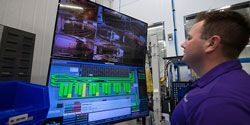
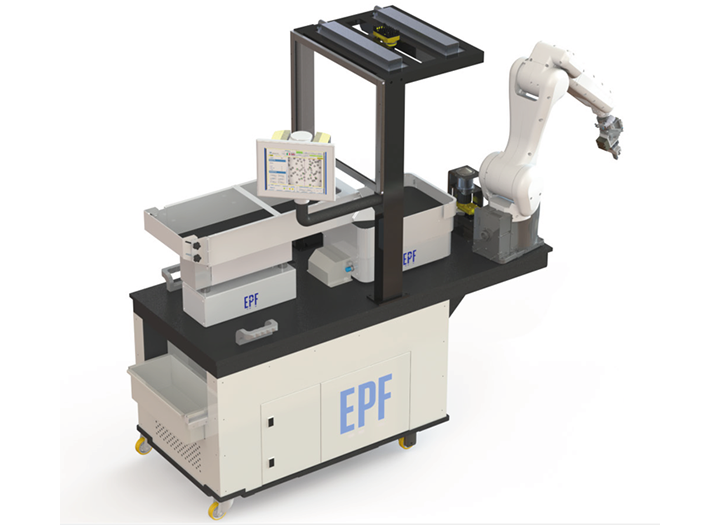
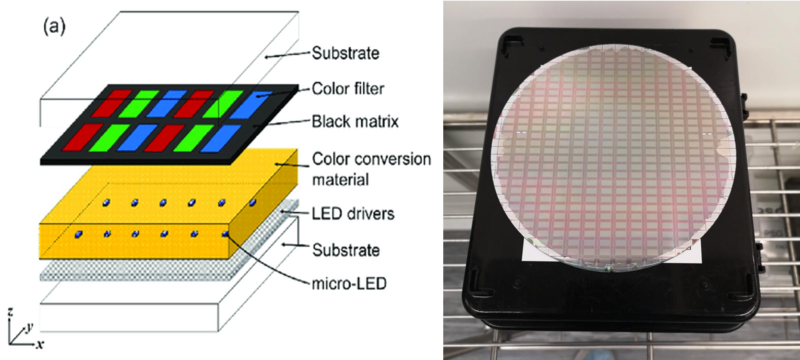
.jpg)

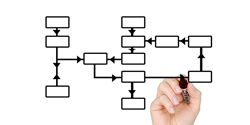
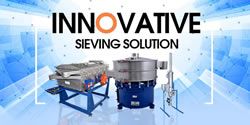
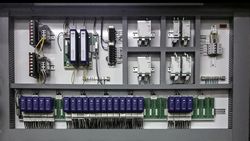

.jpg)